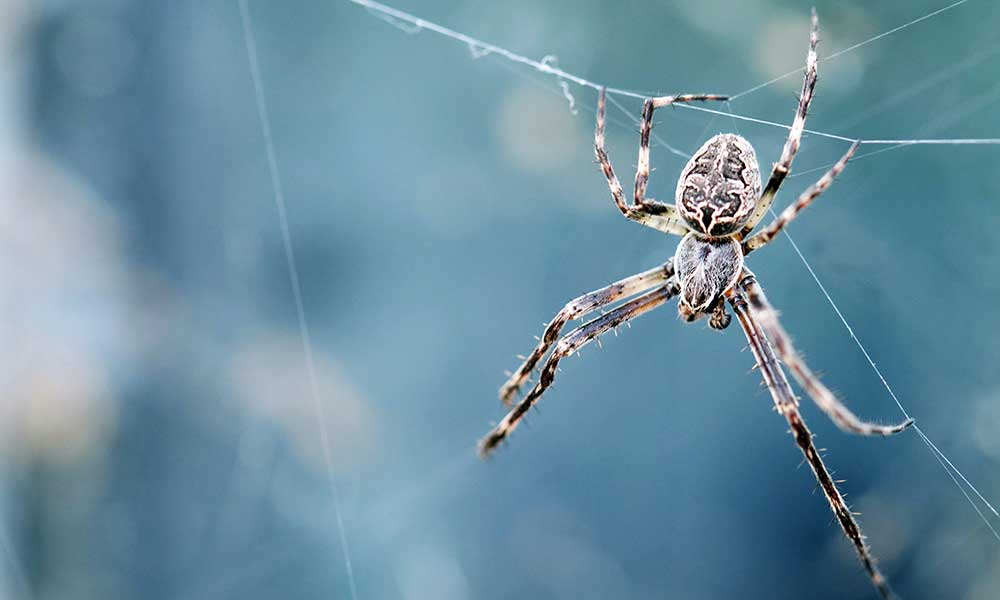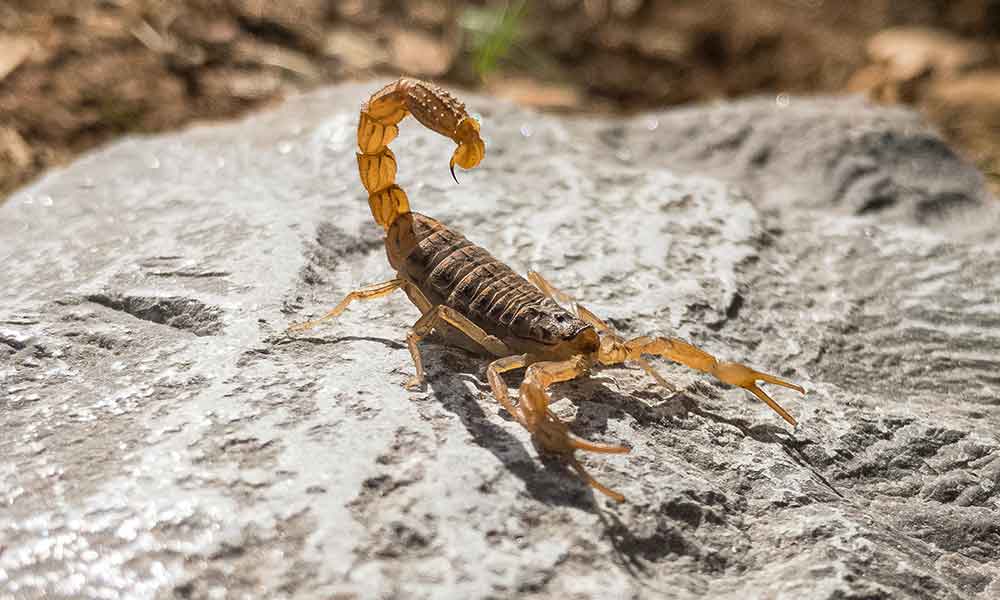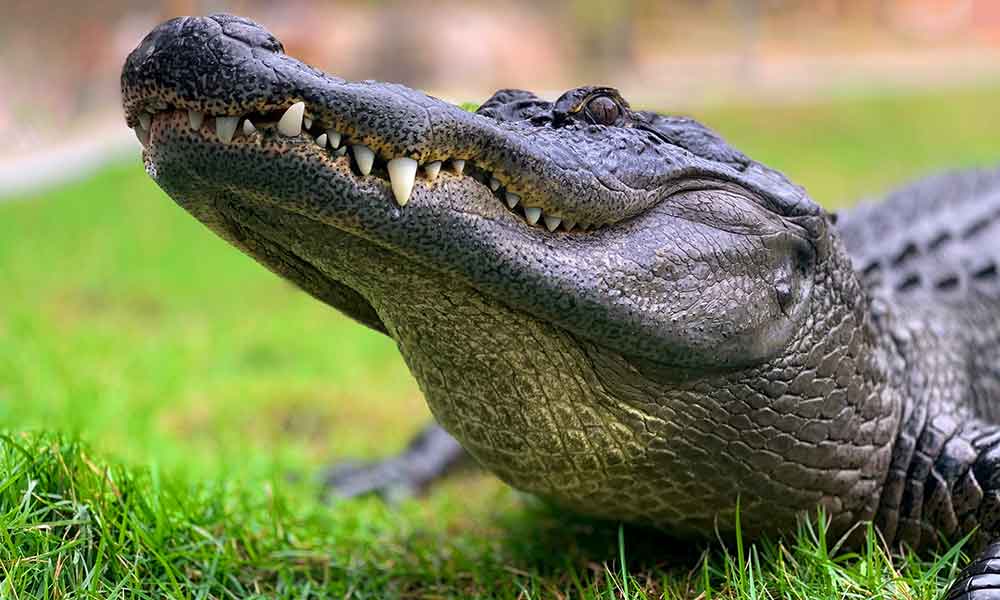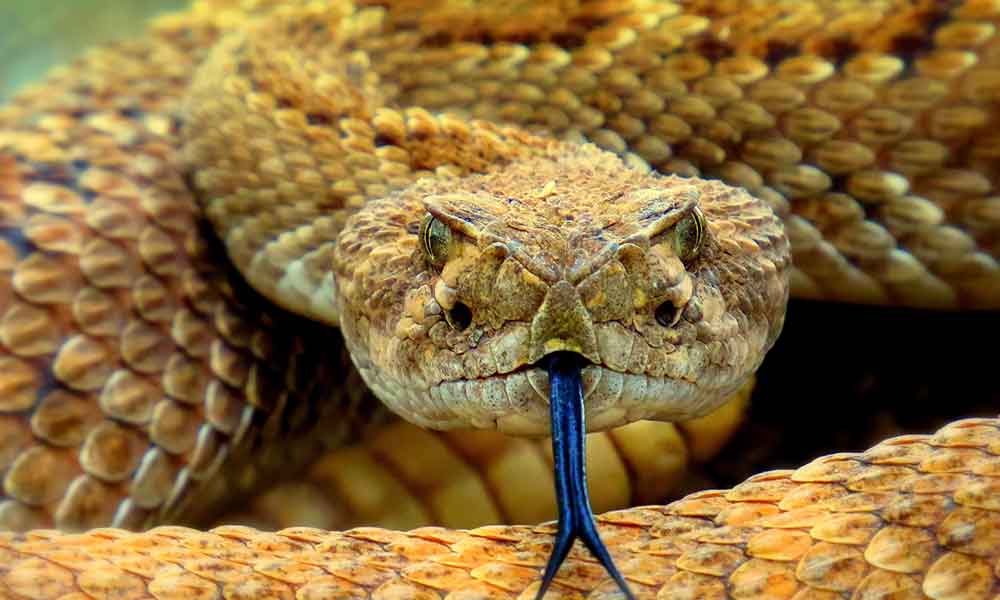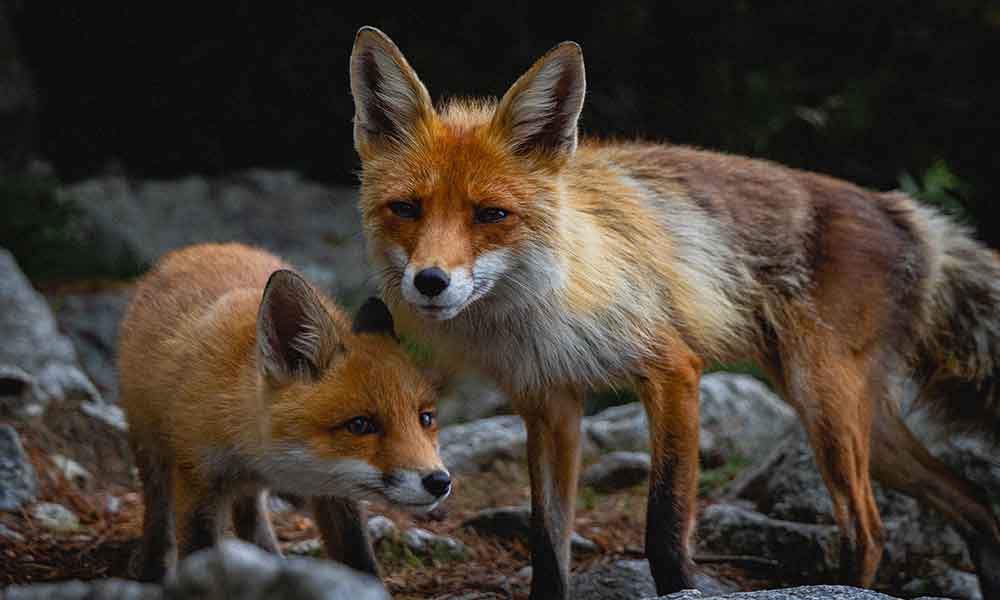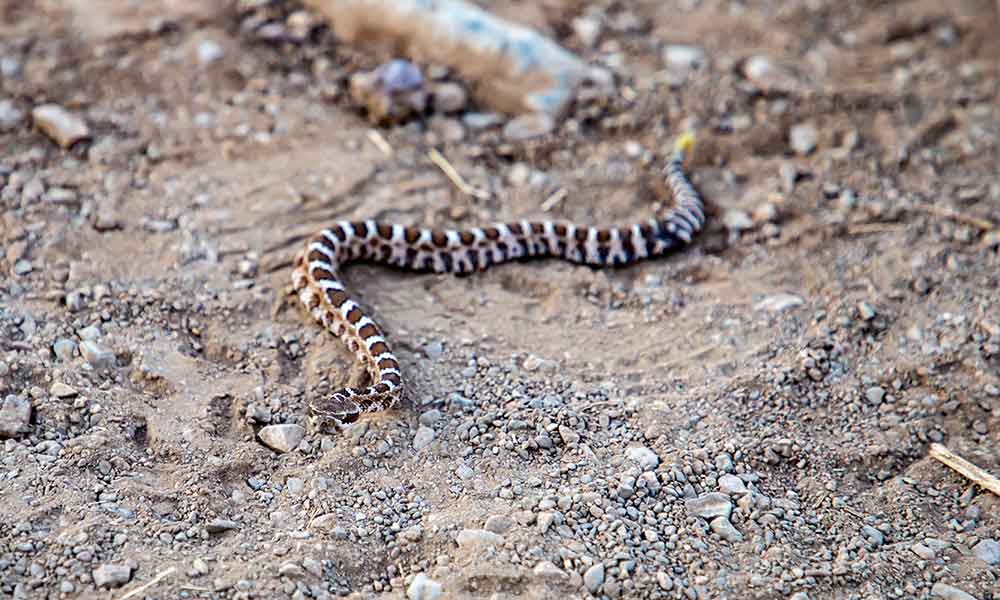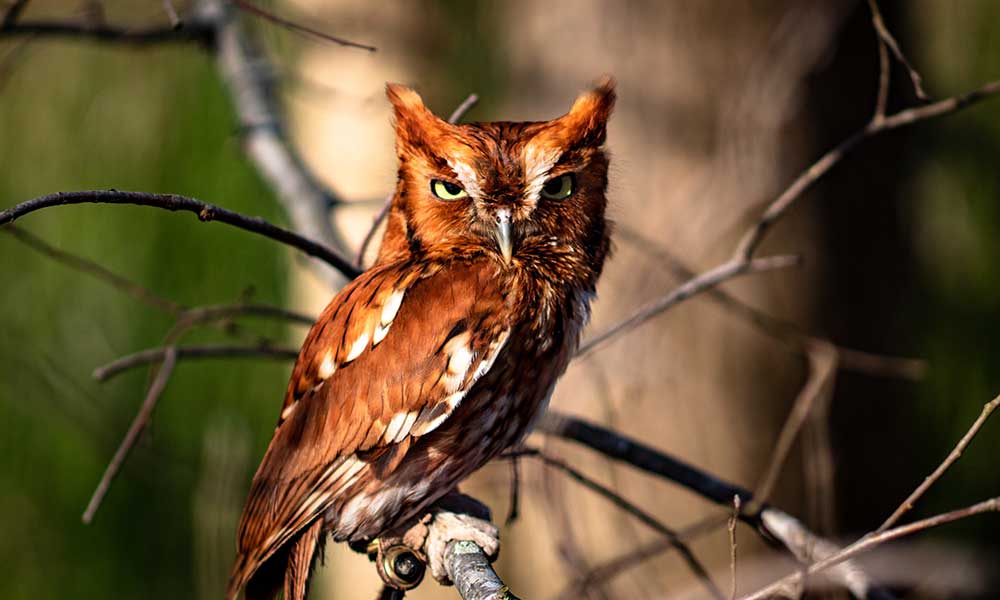There are over 3,000 species of spiders in North America. That’s the bad news. The worse news is that several of these could be in your house right now.
Only a small number of them are dangerous, but if you’re one of the millions of people in the US and Canada that struggle with arachnophobia, that won’t come as much consolation. For many people, tarantulas are the stuff of nightmares they are relatively harmless compared to other spiders on this list.
Whether you’ve encountered a strange-looking spider in your home or on a hike, the following guide will help you to identify it.
The Most Dangerous Spiders in North America
Fewer than 30 species of spiders are known to have been responsible for human deaths, and that covers species all over the world, not just in the United States.
Spider bite fatalities are incredibly rare, but they do occur and in the United States and Canada, the following species are responsible for the majority of them.
Hobo Spider (Tegenaria agrestis)
- Other Names: Funnel Web Spiders
- Size: 1/3 to 2/3 inches
- Color: Brown
- Location: Washington, Oregon, Idaho, Montana, Wyoming, Utah, and Colorado
The venom of the hobo spider can be very dangerous if left untreated. It may lead to symptoms such as a headache, sickness, memory loss, and weakness. You can find hobo spiders under woodpiles and in the cracks of walls. They are more aggressive than some of the other spiders on this list.
Wolf Spider (Hogna carolinensis)
- Other Names: Magnentius, Napoleon, Ringo, Poison, Grizzle
- Size: 1/4 inch to one and a half inches
- Color: Mottled grey to brown
- Location: Canada, US, Carolinas, Missouri, Texas, California
Wolf spiders can be found throughout California, Texas, Missouri, and the Carolinas, as well as in Canada. They may bite when provoked but while the bite is poisonous and painful, it’s not lethal.
Wolf spiders often find their way into American homes, but they prefer to stay hidden away.
Mouse Spider (Missulena Occatoria)
- Size: 1 to 1.5 inches
- Color: Dark brown, grey/brown bellies
- Location: Western United States
The mouse spider bite is painful but rarely lethal. It can be very dangerous to children, though.
You can find mouse spiders in the western US states, including Oregon and Washington.
Red Widow Spider (Latrodectus bishopi)
- Size: 1.5-2 inches
- Color: Black, Yellow, Red
- Location: Central and Southern Florida
Although red widow spider bites can be dangerous, they don’t live near humans and so incidents are rare. They are also considered to be a threatened species.
Red widow spiders are located in parts of Florida.
Brown Widow Spider (Latrodectus geometricus)
- Other Names: Grey Widow Spider, Geometric Button Spider, Brown Button Spider, House Button Spider
- Size: 0.5 to 2.0 inches
- Color: Brown, grey, orange, yellow
- Location: Southern California and Hawaii
The brown widow spider bite is painful, but usually only impacts the area of the bite and rarely causes serious harm. You can encounter this spider species throughout the US, including Hawaii.
Yellow Sac Spider (Cheiracanthium)
- Other Names: Black-Footed Spider
- Size: 0.20 to 0.39 inches
- Color: Pale yellow to beige
- Location: North, Central, and South America
Yellow sac spiders are often found near humans, including in homes, basements, and other areas with plenty of crevices. They are responsible for the majority of spider bites that occur in the United States but their bite is not deadly.
Northern Black Widow Spider (Latrodectus hesperus)
- Other Names: Northern Widow
- Size: 1 inch
- Color: Black, red, orange
- Location: Northern Florida to Southern Canada
Located from Florida to Canada, this east coast spider species is just 1 inch in length and produces a small and painful bite that could lead to nausea and sweating. Fatalities from the northern widow are very rare.
Western Black Widow Spider (Latrodectus variolus)
- Other Names: Western Widow
- Size: 1/2 inch
- Color: Black, red, yellow, white
- Location: Canada to Mexico
The western black widow is very similar to the northern black widow, with a bite that can cause sweating and nausea, as well as localized pain. These spiders are located in western regions of North America, spanning from Mexico to Canada.
Southern Black Widow Spider (Latrodectus mactans)
- Other Names: Button Spider
- Size: 1/2 inch
- Color: Black, yellow, orange, red
- Location: US, Canada, Mexico, and the Caribbean
The southern black widow is a venomous spider that can cause serious harm, especially to the young, vulnerable, and sick. They are small and deadly and the female is deadlier than the male.
Brown Recluse Spider (Loxosceles reclusa)
- Other Names: Violin Spiders, Fiddlebacks
- Size: 1/4 inches to 3/8 inches
- Color: Light Tan to Dark Brown
- Location: Throughout the US
The brown recluse spider is often considered to be the deadliest of all spiders in North America.
Brown recluse spiders are very small and not very aggressive, but they will bite if they are provoked and their bite can lead to sickness and tissue necrosis.
Brown widow spiders live throughout the United States, with the exception of the Hawaiian Islands. They live under woodpiles, bark, and boards.
The Most Common House Spiders in the United States
Many of the spiders you find in your home are harmless. Big, sure. Scary, definitely. But not necessarily deadly. The following list highlights the spider species that you’re most likely to see scampering across your floors, walls, and ceilings.
American House Spider (Parasteatoda tepidariorum)
- Other Names: Common House Spider
- Size: 0.15 to 0.20 inches
- Color: Tan, Black
- Location: North America and Canada
American house spiders are approximately the size of a nickel and weave very messy and tangled webs. They reside in dark corners and love basements and garages.
Daddy Longlegs (Pholcus phalangioides)
- Other Names: Skull Spider, Long-bodied Cellar Spider
- Size: 0.2 to 0.3 inches
- Color: Orange, Lime, Red, Brown
- Location: Asia, South America, and Europe
There is a myth that says daddy long legs have the strongest venom known to man, but don’t have teeth long/sharp enough to penetrate skin. It’s simply not true and while they do have venom glands, they don’t pose you any harm.
You may find these common spiders under decks and around your home in general.
Jumping Spider (Salticidae)
- Other Names: Bold Jumping Spider, The Zebra Jumping Spider
- Size: 0.04 to 0.98 inches
- Color: Black, white, brown
- Location: Every Continent Apart From Antarctica
Spiders that jump—an arachnophobe’s nightmare. This terrifyingly named spider species doesn’t build webs and hunts during the day.
Jumping spiders are not as shy as other spider species in North America and you can often see them scuttling across your ceilings and walls.
Orb Weaver Spider (Araneidae)
- Other Names: Banana Spider, Golden-Silk Orb Weaver
- Size: 0.5 to 1.1 inches
- Color: White, Brown, Black, Yellow, Red
- Location: Southern and East Africa
Orb weaver spiders build huge webs every single day. There are many species in this spider family and they often live outside your home where they catch flying insects with their huge webs.
Grass Spiders (Agelenopsis)
- Other Names: American Grass Spider
- Size: 0.74 inches
- Color: Yellow, Brown
- Location: Throughout the Majority of the United States
The grass spider looks similar to the brown recluse spider but is nowhere near as dangerous. These arachnids may be living in or near your home.
Why Do Spiders Enter Homes?
Spiders enter your home in search of food and shelter. If there are lots of flies in your home, then spiders will follow, so if you can keep the flies away then you may notice fewer spiders.
Spiders enter homes through cracks in doors and windows, as well as vents and pipes.
Keeping cracks sealed and trash cans closed may lead to fewer spiders entering your home. It’s often thought that cats will help to deter them as well, but that’s not the case. Cats don’t deter them for the same reason that humans don’t, though some cats will kill spiders on sight.
What is the Most Poisonous Spider in North America?
The brown recluse spider is the most dangerous in North America. A bite from one of these spiders can cause serious harm.
How Do I Identify a Spider I Found?
Take a close look at the spider without getting too near. Look for the markings on its abdomen, as well as its approximate size. Remember, there are thousands of species across North America and these vary greatly when it comes to size, shading, and markings. Just because it’s brown, doesn’t mean it’s a brown recluse.
What Should I Do If I Am Bitten By a Spider?
If you believe that you were bitten by a venomous spider, seek medical attention. You should also get help if you didn’t see the spider and are uncertain of its species—it’s better to be safe than sorry.
If it was a deadly species, help should be sought in the event of extreme pain, nausea, breathing difficulties, cramping, and other serious side effects.
If the bite was not from a deadly species, clean the wound with soapy water and apply an antibiotic treatment three times a day. This will remove all dirt from the water and prevent an infection from forming.
Apply a cold press as needed to reduce swelling and take analgesics to alleviate pain.

